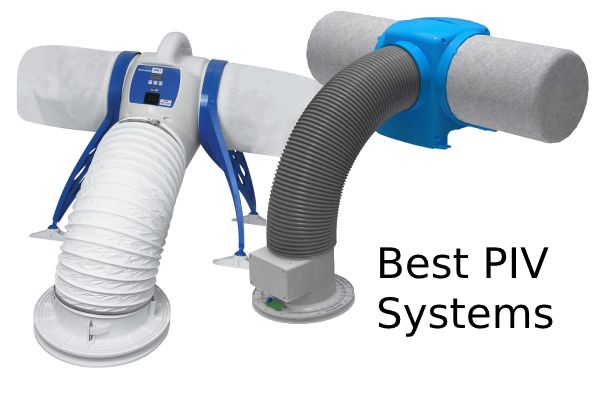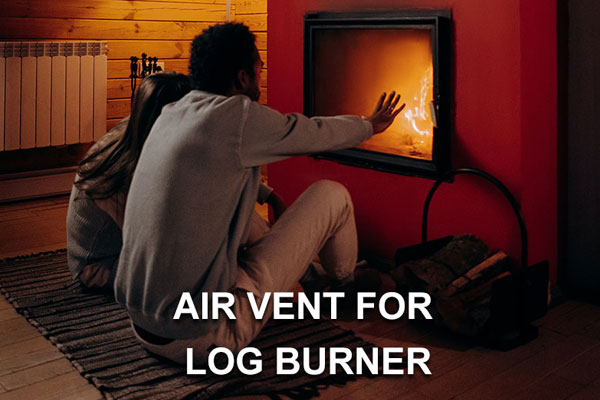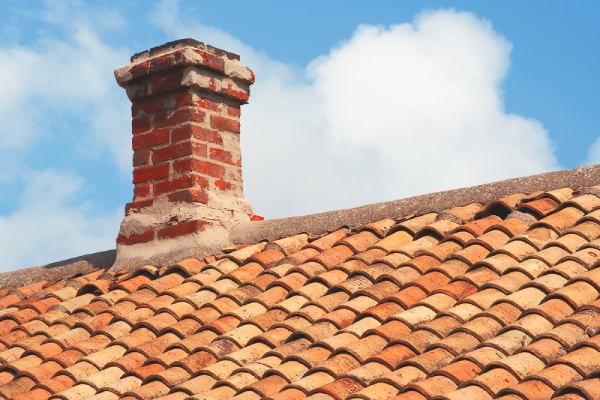Soffit vents can help reduce condensation in the attic by improving ventilation. However, it’s important to note that proper insulation and sealing of the attic can also play a significant role in reducing condensation. To effectively prevent condensation, it’s best to address both ventilation and insulation.
For many British homeowners, it can be a constant battle to eliminate condensation issues from their properties. While tremendous strides have been made in recent years to build more energy-efficient homes and make home improvements to increase airtightness to help reduce energy bills, the downside has been an increase in condensation issues.
Condensation build-up in homes can cause problems with dampness, mould and mildew, wood rot and water damage caused by excess moisture. The addition of double-glazed doors and windows has helped homes to retain more heat. Still, older-style double glazing lacked the trickle vents that are now compulsory in modern glazing products to help address condensation problems.
While many homes are built with air bricks or ventilation ducts in the attic to help warm damp air rising from the house escape, they often are not enough to prevent condensation and dampness issues. But by adding soffit vents, you can help damp air escape and encourage healthy air circulation.

Round Soffit Air Vents (70mm)
- Push in soffit vents for roof and eave ventilation
- UV Resistant material
What are soffits?
Soffits are part of your home construction and act as protection and coverage for your eaves. If a house was to be built without soffits, the underside of the roof would be exposed to the elements and would quickly deteriorate.
No one wants to replace the roof of their home on a regular basis, so the addition of soffits act to protect your roof and loft space from every type of weather mother nature can throw at us. However, soffits can be too protective in that they can reduce or eliminate healthy air exchange.
This issue can be quickly remedied by adding soffit vents to improve air circulation, allowing warm, damp air heavy with water to escape the building and fresh, dryer air to enter the building. This healthy air exchange will keep your loft space and roof dry and free from rot and dampness caused by condensation.
Energy-efficiency concerns
Drilling holes into your home’s soffits might make you panic, thinking it would be a sure way for heat to escape your home and affect the environment. Most homeowners want to reduce their energy bills by keeping warm air contained in their homes rather than letting it escape.
However, adding soffit vents isn’t the same as throwing open a window allowing warm air to escape. Instead, they are a way to carefully control the humidity level of your indoor air, and they play an essential role in keeping your indoor air quality high and healthy to breathe.
Soffit vents also contain protective barrier materials to prevent creepy crawlies, rodents and flying insects from entering your home through the air holes. There is no need to worry about pests invading your home, as the vents will screen them out.
Can soffit vents eliminate condensation?
If you have an excess build-up of moist air in your loft space that cannot easily escape outdoors, it is only a matter of time before you will be faced with mould, mildew and even wood rot problems caused by condensation build-up.
Condensation will form in your loft space when the warm, moist air rising from your home comes into contact with the colder surfaces found in your loft. Warm and damp air trapped under your roof comes in contact with wood, plaster and tile surfaces, causing condensation. This can lead to water damage if left unchecked.
Adding soffit vents will increase ventilation and good air exchange in your roof space, allowing moist air to escape before it can lead to forming condensation. Soffit vents are the quickest and most cost-effective way to eliminate condensation issues and prevent mould and mildew growth.
Can I fit soffit vents myself?
Yes, you can fit soffit vents yourself if you have basic DIY skills and the necessary tools. It generally involves cutting holes in the soffit, installing the vents, and sealing them in place. However, it’s important to follow the manufacturer’s instructions and local building codes, and to take safety precautions such as using a ladder or scaffold if necessary. If you’re not confident in your ability to complete the project, it’s always best to consult a professional.
Most older houses were not built with soffit vents, so adding them is a good idea to help cool your loft space and help circulate air. Older homes were meant to be draughty to help open fires draw air up the chimney to feed the fire. It wasn’t uncommon back in the day to leave sash windows open at the top while a roaring fire was going in the hearth to encourage good airflow.
However, modern central heating and heat source pumps don’t need to do this. When adding soffit vents, the general rule of thumb for the amount of soffit ventilation required is to have at least one square foot of ventilation for every 150 square feet of loft space.
If you have a roof with a 30° pitch or over, you can use a vented soffit which provides the equivalent ventilation of a continuous 10mm wide air gap. When buying soffit vents, choose ones that comply with UK Building Regulations.
Conclusion
Soffits are a part of the home construction that protect the eaves and roof from weather elements. They can reduce air exchange and increase condensation if not properly ventilated. Soffit vents improve air circulation by allowing warm, moist air to escape the building and fresh, dry air to enter, reducing condensation and preventing mold and mildew growth. They also protect against pests entering the home.
Last update on 2024-04-30 / Affiliate links / Images from Amazon Product Advertising API







